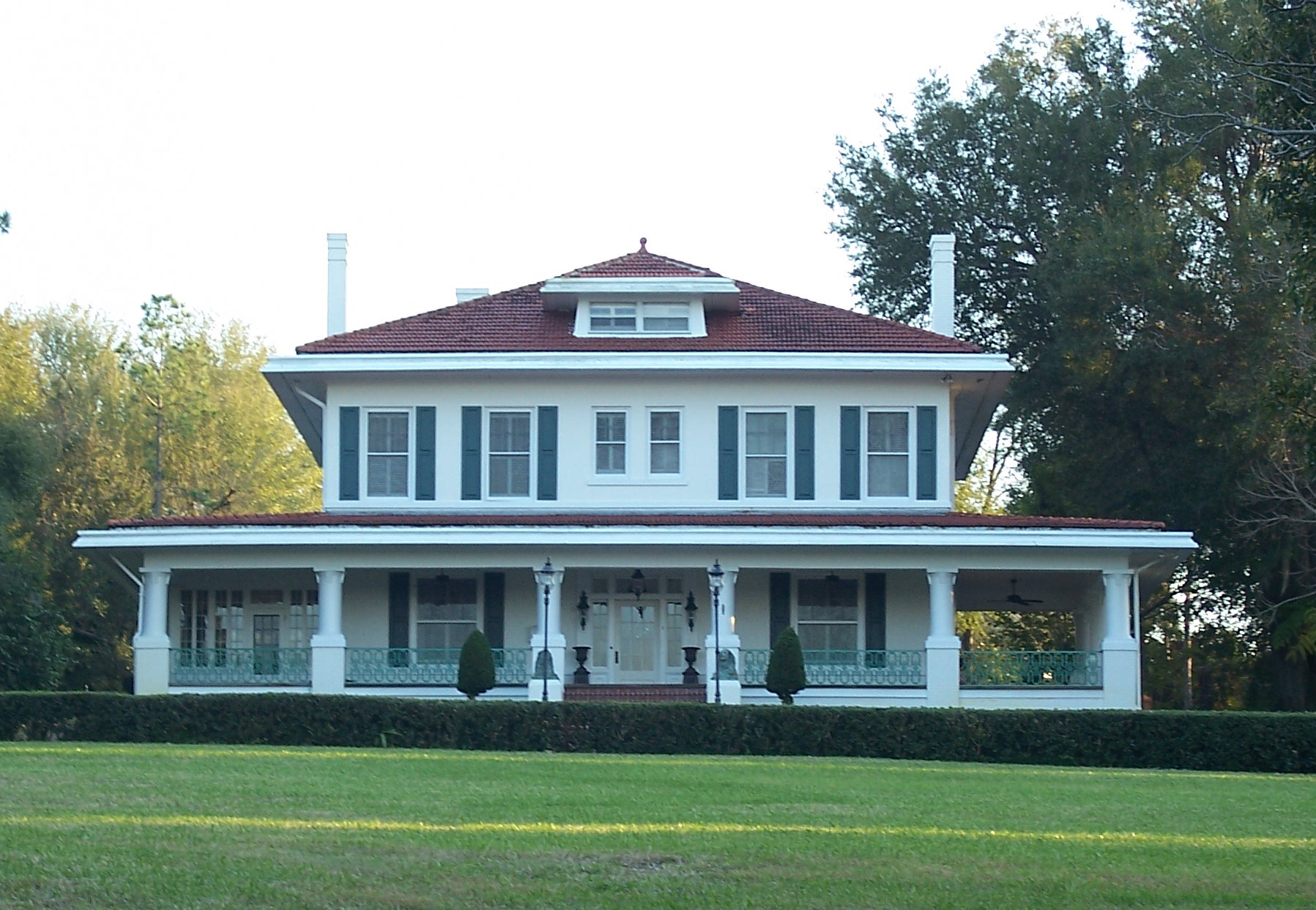|
Padgett Lake
Padgett Lake is a natural freshwater lake of irregular shape on the north side of Lake Wales, Florida. It has a surface area. Most of the shore of this lake is a bit swampy to out into the water. Much of the shore is bordered by woods. On the northeast corner is a motel and on the southwest corner is a former motel that has been converted to apartments. A bit south of the lake and to the west of the former motel runs Mountain Lake Cutoff Road. There is no public access to this lake. However, the Hook and Bullet website says River Lake contains largemouth bass, bluegill and crappie Crappies () are two species of North American freshwater fish of the genus ''Pomoxis'' in the family Centrarchidae (sunfishes). Both species of crappies are popular game fish among recreational anglers. Etymology The genus name ''Pomoxis'' ....Hook and Bullet website, at http://www.hookandbullet.com/fishing-padgett-lake-lake-wales-fl/ . References {{reflist Lakes of Polk County, Florida [...More Info...] [...Related Items...] OR: [Wikipedia] [Google] [Baidu] |
Lake Wales, Florida
Lake Wales is a city in Polk County, Florida. The population was 14,225 at the 2010 census. , the population estimated by the U.S. Census Bureau is 16,759. It is part of the Lakeland– Winter Haven Metropolitan Statistical Area. Lake Wales is located in central Florida, west of Lake Kissimmee and east of Tampa. History The land around the present city was surveyed in 1879 by Sidney Irving Wailes, who changed the name of a lake, then known as Watts Lake, to Lake Wailes. The city of Lake Wales was established near the lake in 1911–1912, planned by the Lake Wales Land Company. The spelling Wales was used for the city, although the lake is still generally spelled Lake Wailes. Allen Carleton Nydegger, a Civil Engineer, was contracted by the Lake Wales Land Company to plot out the community of Lake Wales. He and his crew camped on the shores of Crystal Lake and spent months plotting out the new community. In 1925 the Atlantic Coast Line Railroad built a new line from Haines C ... [...More Info...] [...Related Items...] OR: [Wikipedia] [Google] [Baidu] |
Largemouth Bass
The largemouth bass (''Micropterus salmoides'') is a carnivorous freshwater gamefish in the Centrarchidae ( sunfish) family, a species of black bass native to the eastern and central United States, southeastern Canada and northern Mexico, but widely introduced elsewhere. It is known by a variety of regional names, such as the widemouth bass, bigmouth bass, black bass, bucketmouth, largies, Potter's fish, Florida bass, Florida largemouth, green bass, bucketmouth bass, Green trout, gilsdorf bass, Oswego bass, LMB, and southern largemouth and northern largemouth. The largemouth bass is the state fish of Georgia and Mississippi, and the state freshwater fish of Florida and Alabama. Taxonomy The largemouth bass was first formally described as ''Labrus salmoides'' in 1802 by the French naturalist Bernard Germain de Lacépède with the type locality given as the Carolinas. Lacépède based his description on an illustration of a specimen collected by Louis Bosc near Charleston, S ... [...More Info...] [...Related Items...] OR: [Wikipedia] [Google] [Baidu] |
Bluegill
The bluegill (''Lepomis macrochirus''), sometimes referred to as "bream", "brim", "sunny", or "copper nose" as is common in Texas, is a species of North American freshwater fish, native to and commonly found in streams, rivers, lakes, ponds and wetlands east of the Rocky Mountains. It is the type species of the genus ''Lepomis'' (true sunfish), from the family Centrarchidae (sunfishes, crappies and black basses) in the order Perciformes (perch-like fish). Bluegills can grow up to long and about . While their color can vary from population to population, they typically have a very distinctive coloring, with deep blue and purple on the face and gill cover, dark olive-colored bands down the side, and a fiery orange to yellow belly. They are omnivorous and will consume anything they can fit in their mouth, but mostly feed on small aquatic insects and baitfishes. The fish are important prey for bass, other larger sunfish, northern pike and muskellunge, walleye, trout, herons, ... [...More Info...] [...Related Items...] OR: [Wikipedia] [Google] [Baidu] |
Crappie
Crappies () are two species of North American freshwater fish of the genus ''Pomoxis'' in the family Centrarchidae (sunfishes). Both species of crappies are popular game fish among recreational anglers. Etymology The genus name ''Pomoxis'' literally means "sharp cover", referring to the fish's spiny gill covers (opercular bones). It is composed of the Greek (, cover) and (, "sharp"). The common name (also spelled ''croppie'' or ''crappé'') derives from the Canadian French , which refers to many different fishes of the sunfish family. Other names for crappie are papermouths, strawberry bass, speckled bass or specks (especially in Michigan), speckled perch, white perch, crappie bass, calico bass (throughout the Middle Atlantic states and New England), and Oswego bass. In Louisiana, it is called sacalait ( frc, sac-à-lait, ), seemingly an allusion to its milky white flesh or silvery skin. The supposed French meaning is, however, folk etymology, because the word is ultim ... [...More Info...] [...Related Items...] OR: [Wikipedia] [Google] [Baidu] |



